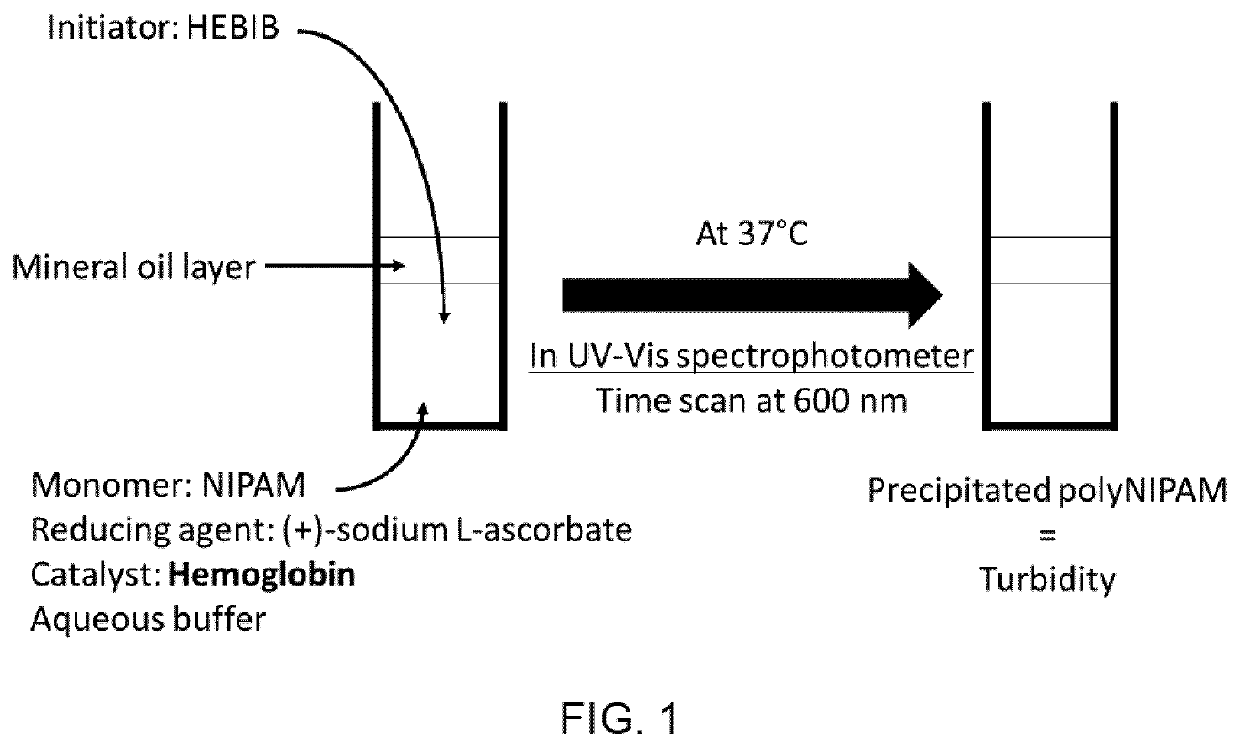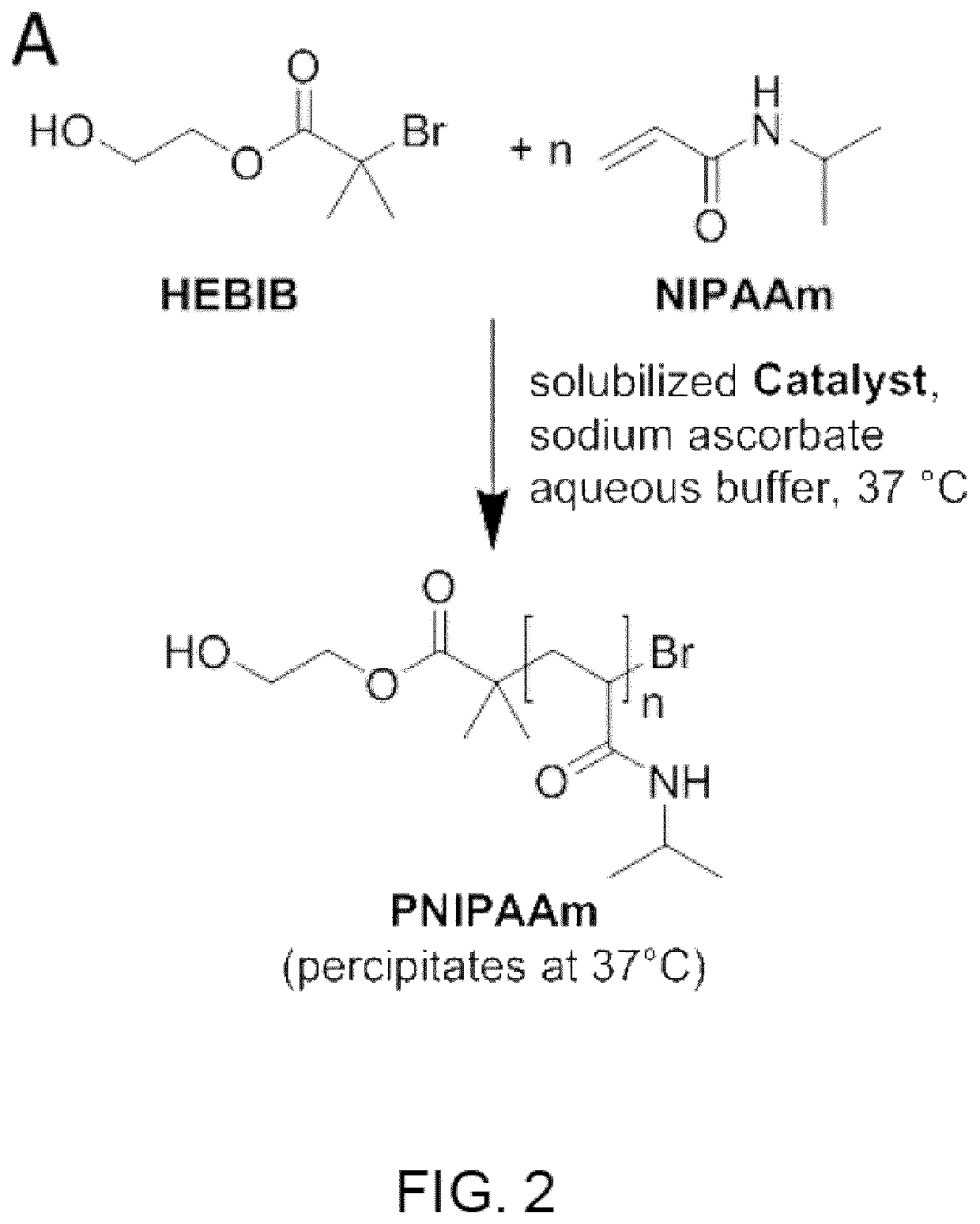Diagnostic methods for the detection and quantification of blood-related diseases
a technology for blood-related diseases and diagnostic methods, applied in the direction of material analysis, instruments, material testing goods, etc., can solve the problems of time-consuming and labor-intensive techniques, the subjectivity of the examiner and the variability between patients, and the necessity of invasive diagnostic methods, etc., to achieve excellent correlation between concentration and high sensitivity, the effect of low pri
- Summary
- Abstract
- Description
- Claims
- Application Information
AI Technical Summary
Benefits of technology
Problems solved by technology
Method used
Image
Examples
Embodiment Construction
[0033]In this specification, all numbers disclosed herein designate a set value, individually, in one embodiment, regardless of whether the word “about” or “approximate” or the like is used in connection therewith. In addition, when the term such as “about” or “approximate” is used in conjunction with a value, the numerical range may also vary, for example by 1%, 2%, 5%, or more in various other, independent, embodiments.
[0034]Diagnostic methods suitable for detection and quantification of blood related diseases or conditions are disclosed herein along with testing kits that can be utilized at a point-of-care location in the field. The methods utilize biomarkers as catalysts in an ATRP reaction performed above a LCST of a polymer, which allows the polymerization to be tracked by rate of turbidity formation.
[0035]Biological Sample
[0036]The methods require a sample of the biological sample to be analyzed. Depending on the biomarker to be analyzed, the biological sample or body fluid c...
PUM
| Property | Measurement | Unit |
|---|---|---|
| LCST | aaaaa | aaaaa |
| molar concentration | aaaaa | aaaaa |
| temperature-responsive | aaaaa | aaaaa |
Abstract
Description
Claims
Application Information
 Login to View More
Login to View More - R&D
- Intellectual Property
- Life Sciences
- Materials
- Tech Scout
- Unparalleled Data Quality
- Higher Quality Content
- 60% Fewer Hallucinations
Browse by: Latest US Patents, China's latest patents, Technical Efficacy Thesaurus, Application Domain, Technology Topic, Popular Technical Reports.
© 2025 PatSnap. All rights reserved.Legal|Privacy policy|Modern Slavery Act Transparency Statement|Sitemap|About US| Contact US: help@patsnap.com



